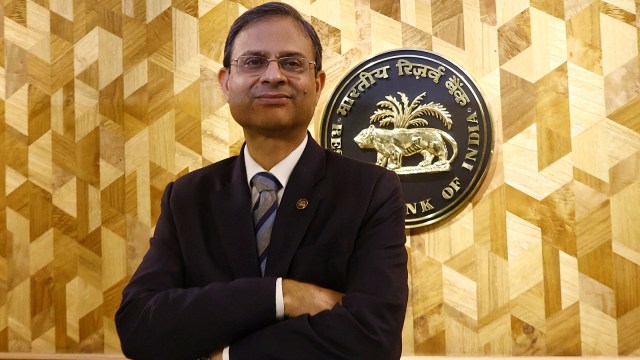
In a move aimed at stimulating economic growth and boosting liquidity, the Reserve Bank of India (RBI) has reduced the repo rate by 25 basis points, bringing it down to 6.25%. This decision, announced on February 7, 2025, marks the first rate cut since May 2020, following eleven consecutive meetings where rates remained unchanged. This is the first time in 5 years that the RBI has cut the rates.
The rate cut comes shortly after the government's approval to constitute the 8th Central Pay Commission (CPC) and introduce major income tax reductions. These measures are expected to increase disposable income, drive consumer spending, and enhance economic activity.
The repo rate cut will directly benefit loan borrowers, particularly those with home loans, auto loans, personal loans, and business loans. Since most banks and financial institutions link their lending rates to the RBI’s repo rate, borrowers can expect:
According to market analysts and economists, this 25-basis-point cut is likely the first in a series of reductions expected throughout 2025. The RBI has hinted at a dovish stance, suggesting that further rate cuts may follow in the upcoming quarters if inflation continues to ease and economic growth remains sluggish.
India's economic growth is projected at 6.4% for the current fiscal year, the slowest in four years, largely due to weaker manufacturing output and sluggish corporate investments. In response, the government has introduced tax cuts to boost spending and stimulate growth while maintaining fiscal discipline.
With the 8th CPC now approved, millions of government employees and pensioners will see higher salaries and pensions, further driving consumer demand. Additionally, recent income tax cuts will leave more money in the hands of taxpayers, increasing disposable income.
Inflation has eased to a four-month low of 5.22% in December and is expected to decline further. This falling inflation gives the RBI more room to lower interest rates in the coming months.
Investors and market participants will closely watch the central bank’s policy stance, particularly any liquidity-boosting measures that could follow.
The RBI’s decision underscores its balanced approach to economic challenges, aiming to support growth while maintaining price stability. If inflation continues to ease and economic conditions warrant, more rate cuts could be announced in the upcoming quarters, making credit even cheaper and further stimulating borrowing, investment, and consumption.

 🕑 28 Oct, 2025 04:46 PM
🕑 28 Oct, 2025 04:46 PM
8th Pay Commission constituted. ToR Approved, Effectively Jan 2026
 🕑 02 Jul, 2025 10:03 AM
🕑 02 Jul, 2025 10:03 AM
Commutation Relief In Sight? Panel Likely To Review 15-Year Deduction Rule
 🕑 12 Jun, 2025 08:12 AM
🕑 12 Jun, 2025 08:12 AM
8th Pay Commission: Uncertainty Looms as Employees Await Terms of Reference
 🕑 24 Apr, 2025 10:21 PM
🕑 24 Apr, 2025 10:21 PM
Staff Side constitutes panel for drafting memorandum to 8th CPC when formed
 🕑 24 Apr, 2025 10:17 PM
🕑 24 Apr, 2025 10:17 PM
8th Pay Commission likely to be set up by mid May
 🕑 09 Apr, 2025 10:27 AM
🕑 09 Apr, 2025 10:27 AM
Loan EMIs to get Cheaper as RBI cuts Repo Rate sgain | See the benefit
 🕑 09 Jun, 2025 08:25 AM
🕑 09 Jun, 2025 08:25 AM
📢 UPS vs NPS: The Retirement Dilemma Facing 27 Lakh Government Employees
 🕑 04 Apr, 2025 04:46 PM
🕑 04 Apr, 2025 04:46 PM
NPS To UPS Switch from April 1: A Detailed Look at the Option to Switch
 🕑 30 Mar, 2025 11:01 AM
🕑 30 Mar, 2025 11:01 AM
8th Pay Commission implementation may get delayed till 2027 – Here’s why
 🕑 27 Mar, 2025 10:25 PM
🕑 27 Mar, 2025 10:25 PM
7th CPC wanted a permanent pay panel, end DA revision twice
 🕑 27 Mar, 2025 08:43 AM
🕑 27 Mar, 2025 08:43 AM
8th Pay Commission: What Kind Of Salary Hike Can Be Staff Expected?
 🕑 20 Mar, 2025 08:24 AM
🕑 20 Mar, 2025 08:24 AM
Why the commuted pension is restored after 15 years, not 12 years
 🕑 17 Mar, 2025 08:37 AM
🕑 17 Mar, 2025 08:37 AM
📈 Expected Dearness Allowance (DA) from January 2026 Calculator